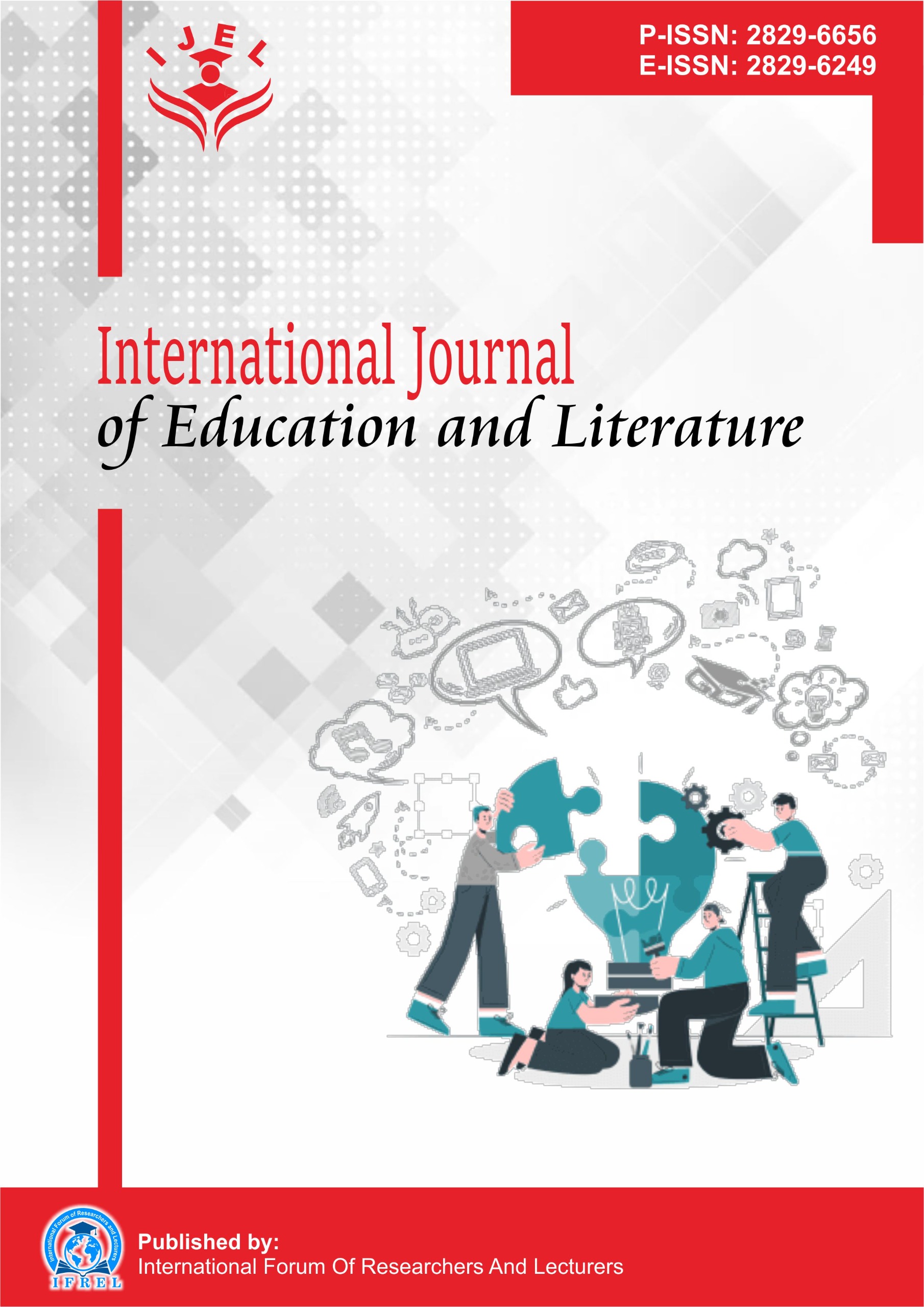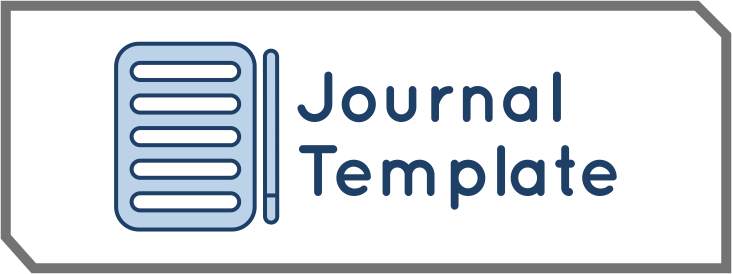Dynamics of Change and Development in Islamic Education-al Organizations from the Perspective of Visionary Leadership
DOI:
https://doi.org/10.55606/ijel.v4i3.270Keywords:
visionary leadership, organizational change, Islamic education, innovation, organizational cultureAbstract
This study explores the dynamics of organizational change and development in Islamic education from the perspective of visionary leadership, focusing on how vision and innovation serve as the driving forces of institutional transformation. The research object is an Islamic educational institution at the secondary level that seeks to adapt to modernization and quality improvement based on Islamic values. The main problem addressed in this study is the weak internalization of vision within organizational culture and the limited integration between spiritual and managerial aspects of leadership. The purpose of this study is to analyze the role of visionary leadership in directing organizational change and fostering adaptive, innovative, and value-driven development within Islamic education institutions. This research employs a qualitative descriptive method, using interviews, observations, and documentation as data collection techniques, analyzed thematically through the Miles and Huberman model. The findings reveal that visionary leadership builds a strategic direction grounded in Islamic values, promotes collective participation, and cultivates a culture of continuous innovation. The synthesis of results indicates that visionary leadership serves as the foundation for effective organizational transformation, harmonizing spirituality and innovation to create an excellent and value-oriented educational institution. In conclusion, strengthening leadership vision is essential to ensure the sustainability and relevance of Islamic education in the modern era.
References
Afifah, R., Nurjaman, U., & Fatkhulloh, F. K. (2022). Implementation of the vision of education based on religion, philosophy, psychology, and sociology in Islamic educational institutions. Al Qalam: Jurnal Ilmiah Religion and Society, 16(3), 936. https://doi.org/10.35931/aq.v16i3.973
Alatas, M. A., & Rachmayanti, I. (2024). Implementation of child-friendly approach in second language learning for special needs students at RA Al-Khodijah Rejotangan. Jurnal Pendidikan Anak Usia Dini Islam, 5(1), 261–276. https://doi.org/10.19105/kiddo.v5i1.12767
Azkiya, H., Tamrin, M., Yuza, A., & Madona, A. S. (2022). Development of e-modules based on multicultural education values in Islamic elementary schools. Jurnal Pendidikan Agama Islam Al-Thariqah, 7(2), 409–427. https://doi.org/10.25299/al-thariqah.2022.vol7(2).10851
Creswell, J. W., & Creswell, J. D. (2018). Mixed methods procedures. Sage Publications.
Creswell, J. W., & Creswell, J. D. (2023). Research design: Qualitative, quantitative, and mixed-method approach (4th ed.). Routledge. https://doi.org/10.4324/9780429469237-3
Darim, A. (2020). Organizational behavior management in realizing competent human resources. Munaddhomah: Jurnal Manajemen Pendidikan Islam, 1(1), 22–40. https://doi.org/10.31538/munaddhomah.v1i1.29
Elizah, T. (2024). Development of innovative organizational culture of academic staff in Islamic education colleges: Obstacles and solutions. Jurnal Komunikasi dan Pendidikan Islam, 13(1), 105–130.
Hidayati, R., Muazza, M., & Rahman, R. (2021). Human resource planning in improving the quality of education at Mutiara Al Madan Islamic Elementary School, Sungai Penuh City. Jurnal Manajemen Pendidikan dan Ilmu Sosial, 2(2), 766–778. https://doi.org/10.38035/jmpis.v2i2.644
Ishtiaq, M. (2019). Book review: Creswell, J. W. (2014). Research design: Qualitative, quantitative, and mixed methods ap-proaches (4th ed.). Thousand Oaks, CA: Sage. English Language Teaching, 12(5), 40. https://doi.org/10.5539/elt.v12n5p40
Jannah, R., & Khairunnisa, K. (2025). Evaluation of the readiness of elementary madrasahs in East Banjarmasin for national accreditation. DIMAR: Jurnal Pendidikan Islam, 6(2), 156–182. https://doi.org/10.58577/dimar.v6i2.334
Kahfi, A. (2022). Implementation of the Pancasila student profile and its implications for character. DIRASAH: Jurnal Pemikiran dan Pendidikan Islam, 5(2), 138–151.
Kuncoro, H. (2021). Empowerment of Budikdamber as an economic recovery effort during the pandemic in the Sekaran Gunung Pati region. Jurnal Teologi Berita Hidup, 14(1), 1–13.
Maimun, M. Y., Mahdiyah, A., & Nursafitri, D. (2021). The urgency of Islamic boarding school education management. Jurnal Pendidikan Indonesia, 2(7), 1208–1218. https://doi.org/10.36418/japendi.v2i7.234
Mujiati, S. H., Ulfiah, U., & Nurjaman, U. (2022). The relationship between Aswaja An-Nahdliyah and the state. Ar-Rihlah: Jurnal Inovasi Pengembangan Pendidikan Islam, 7(1), 12–31. https://doi.org/10.33507/ar-rihlah.v7i1.570
Nashihin, H., Mafaza, N., & Haryana, M. O. (2021). Implementation of total quality management (TQM) from the theory perspective of Edward Deming, Juran, and Crosby. Turots: Jurnal Pendidikan Islam, 3(1), 50–60. https://doi.org/10.51468/jpi.v3i1.60
Rasyidi, Z. Z. (2020). Qawaid learning: A cognitive theory perspective at the Raudhatut Thalibin Islamic Boarding School in South Kalimantan. Al-Ta’rib: Jurnal Ilmiah Program Studi Pendidikan Bahasa Arab IAIN Palangka Raya, 8(1), 103–116. https://doi.org/10.23971/altarib.v8i1.1865
Sangsurya, Y., Muazza, M., & Rahman, R. (2021). Human resource planning in improving the quality of education at Mutiara Al Madan Islamic Elementary School, Sungai Penuh City. Jurnal Manajemen Pendidikan dan Ilmu Sosial, 2(2), 766–778. https://doi.org/10.38035/jmpis.v2i2.644
Somad, M. A. (2021). The importance of Islamic religious education in shaping children's character. QALAMUNA: Jurnal Pendidikan, Sosial dan Agama, 13(2), 171–186. https://doi.org/10.37680/qalamuna.v13i2.882
Sugiyono. (2019). Metode penelitian kuantitatif, kualitatif, dan R&D (3rd ed.). Alfabeta.
Sugiyono. (2021). Metode penelitian kuantitatif, kualitatif, dan R&D. Alfabeta.
Wasliman, I., et al. (2023). Performance measurement analysis using the Balanced Scorecard method: Its application to the strategic management system at STAI Sangatta, East Kutai. Al-Afkar: Journal for Islamic Studies, 6(2), 281–290. https://doi.org/10.31943/afkarjournal.v6i2.668
Downloads
Published
How to Cite
Issue
Section
License
Copyright (c) 2025 International Journal of Education and Literature

This work is licensed under a Creative Commons Attribution-ShareAlike 4.0 International License.







